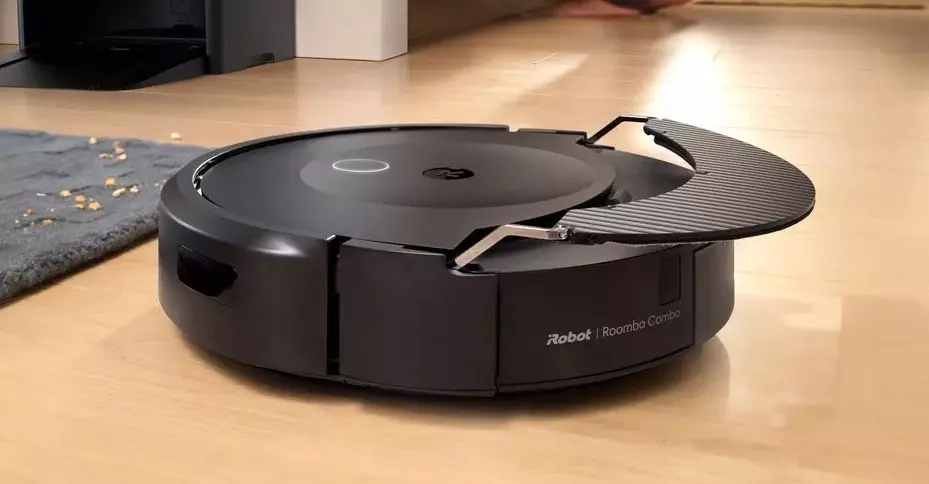The recent launch of iOS 18.4 marks a pivotal moment in the realm of smart home technology, particularly concerning the burgeoning field of robot vacuums. With the integration of the Matter protocol, iOS 18.4 unveils a slew of enhancements that could revolutionize how we interact with our smart homes. This software update fundamentally changes the user experience, allowing for a more seamless connection between various devices and ecosystems. By supporting devices from leading brands like Roborock, iRobot, and Ecovacs, Apple is not just offering a firmware update; it is encouraging a cohesive smart home environment that caters to consumer convenience.
Empowering Users with Enhanced Compatibility
The inclusion of Matter protocol support is a significant advancement for robot vacuum owners, transforming them into accessible tools that can be easily integrated into daily routines. For instance, users can now control their devices directly from the Apple Home app, utilizing their iPhone, iPad, Apple Watch, or HomePod. This means coordinating cleaning schedules, initiating or halting operations, and even customizing settings for specific rooms can occur with simple taps or the command of voice through Siri. It is a remarkable leap that underlines Apple’s commitment to marrying technology with user-centric design.
Roborock’s commitment to this initiative is laudable; their various models are set to receive crucial firmware updates that will enable enhanced compatibility with Matter, ensuring users can leverage the full potential of their robotic aides. Support for models such as the S8 MaxV Ultra and Qrevo series ensures that a broad range of consumers will benefit from these enhancements, thereby solidifying Roborock’s position as a leading brand in this competitive market.
The Future of Smart Home Devices Is Platform-Agnostic
One of the most compelling aspects of Matter lies in its platform-agnostic nature. Originally conceived to facilitate broader interoperability among smart home devices, Matter encourages collaboration across different manufacturers. The implications for consumers are profound; they can now mix and match devices from various brands without worrying about compatibility issues. Crucially, smart home enthusiasts will find that their ecosystems can evolve organically as they acquire new devices, unhindered by archaic technological barriers.
Companies like iRobot and Ecovacs are also making strides by announcing updates for their flagship models, such as the Roomba Combo 10 Max and several Deebot varieties, ensuring that they remain relevant in a rapidly changing landscape. The ability to streamline operations across platforms ensures a richer experience for consumers, who can now wield complete control over their cleaning routes and schedules.
The Limitations that Remain
However, it is important to highlight that the integration of Matter protocol does come with certain limitations. Currently, the scope of functionalities offered through Apple’s Home app is restricted to basic controls—vacuuming or mopping modes and room specifications during cleaning tasks. Advanced functions, including mapping capabilities and customizable exclusion zones, remain tethered to each manufacturer’s proprietary applications. This begs the question: will the future revisions of Matter expand to include these sophisticated features, or will users have to juggle multiple applications to maximize their devices’ potential functionality?
As the smart home landscape continues to evolve, the demand for more intricate features will inevitably rise. Therefore, it will be interesting to observe how manufacturers navigate these constraints while striving to provide comprehensive solutions that enrich user interaction.
Looking Ahead: Consumer Expectations
Ultimately, the iOS 18.4 update, combined with the advancements in Matter, paints an optimistic picture of the smart home industry. Consumers are now armed with more tools than ever to create tailored home automation experiences. This transformation fosters a growing expectation for innovation, where convenience and compatibility hold supreme importance. As we stand on the cusp of smarter homes, the marriage of software updates and enhanced compatibility bolsters our belief in a cohesive and user-friendly technological future.
These recent developments not only empower consumers but also challenge manufacturers to keep pace with evolving demands. How they rise to this challenge will undoubtedly shape the future of home automation for years to come.


Leave a Reply